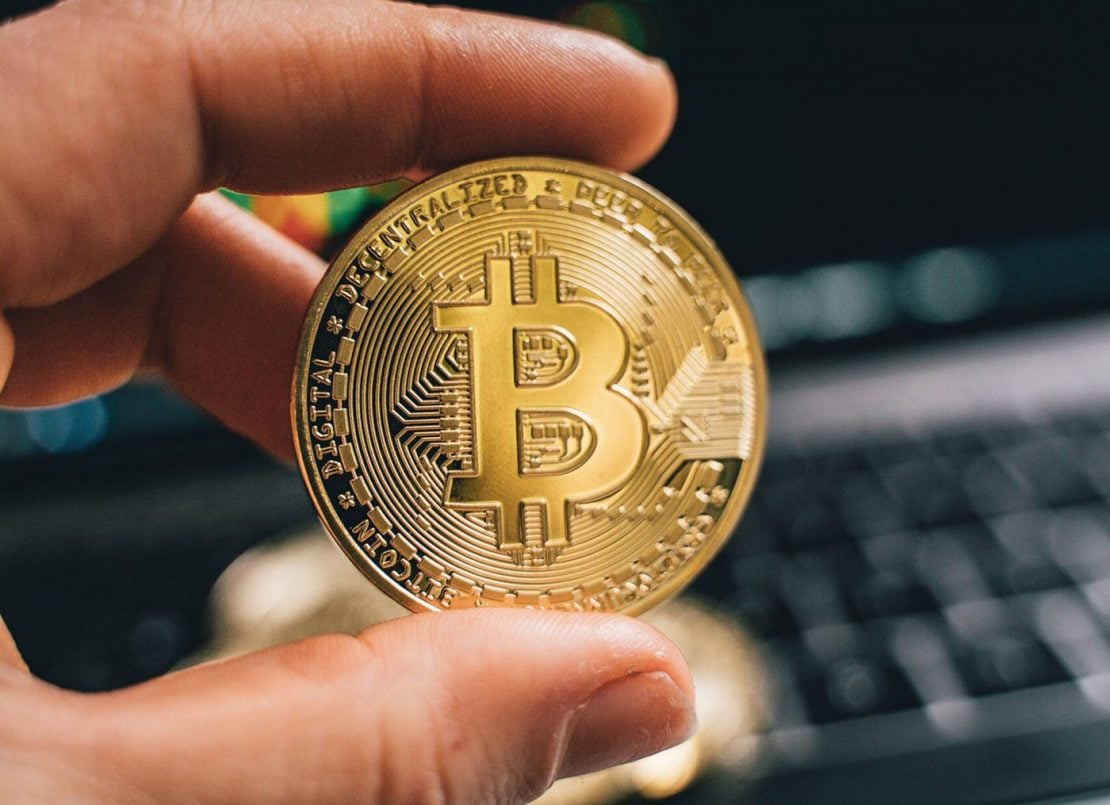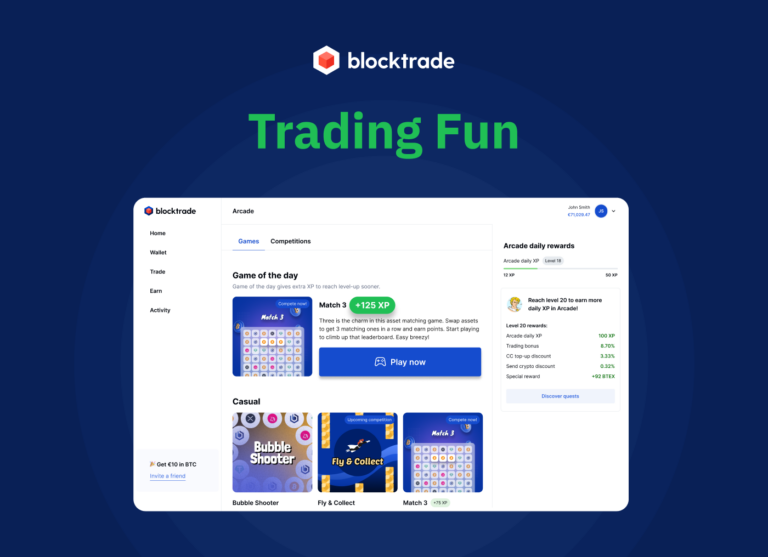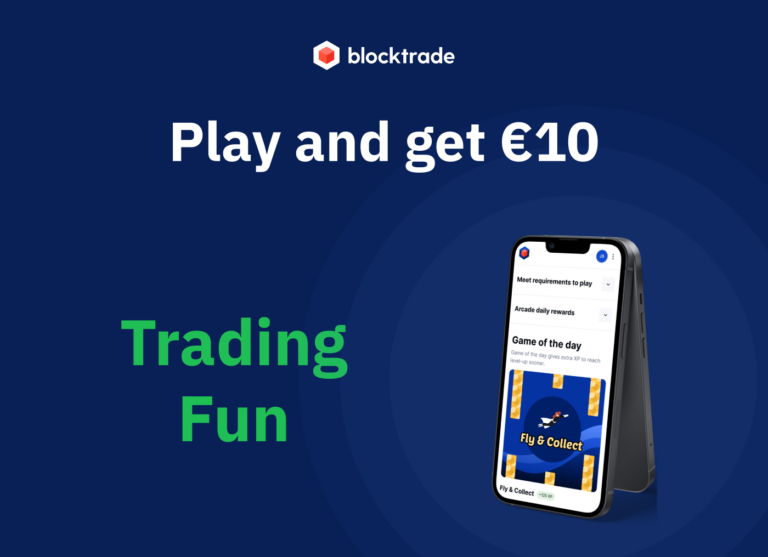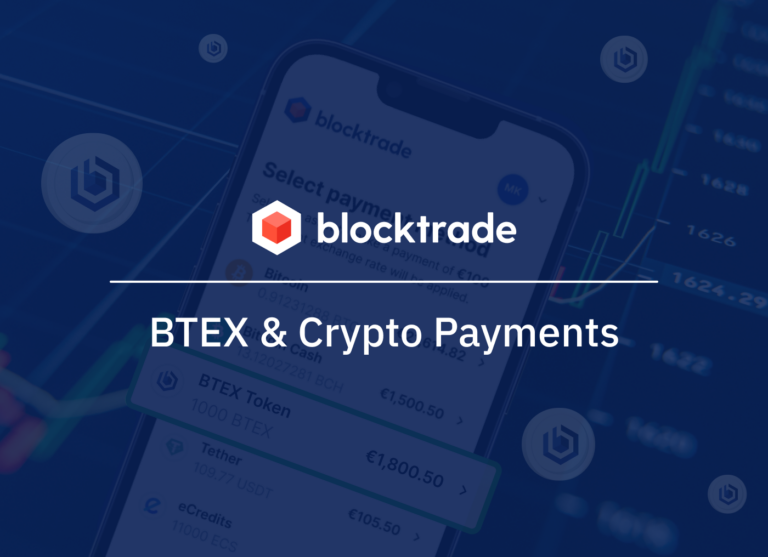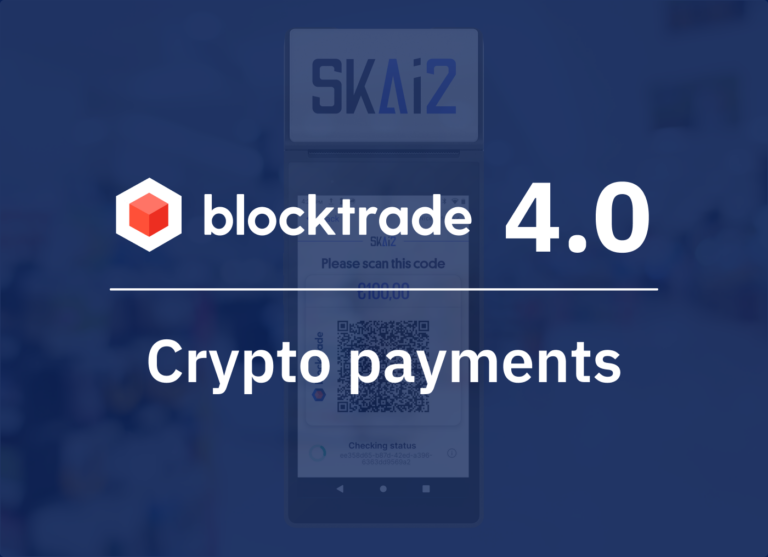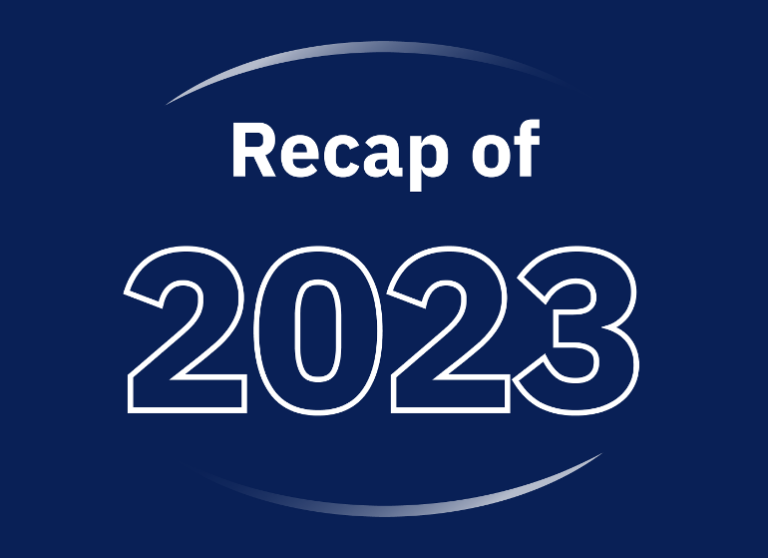What exactly is market marking? Let’s do a thought experiment: Imagine you want to buy digital assets such as Bitcoin and have to wait hours before someone offers them to you. During the wait, the price has risen sharply and you have to pay the difference. Finally, the seller charges you an additional fee just for being generous enough to sell you Bitcoin.
Fortunately, this does not correspond to reality, as there is a hidden player who precisely solves these challenges: The market maker.
What makes a market maker?
Buying and selling financial asset like Bitcoin requires that there is a party on the other side of the trade. If you want to buy 1 BTC for 40.000 USD, somebody has to sell you 1 BTC at that price. Generally, you exchange directly with another party/user, typically referred to as peer-to-peer-trading.
However, peer-to-peer-trading has its issues, especially issues of liquidity. What if at the exchange there was currently no or not enough other users to trade with you 1 BTC at that market price? You would be unable to buy or sell because the liquidity isn’t there.
Peer-to-peer-trading unfortunately often lacks liquidity, which is a measure for the efficiency of buying certain assets. Liquidity depends on factors such as spread, slippage and price recency (we will explain these terms a little bit later in this article).
In order to ensure liquidity, i.e. that traders can buy and sell any asset at the quoted market prices at any time, exchanges use market makers. Exchanges match buy-and-sell-orders from users that are collected in an orderbook. If there are not enough orders to do so, liquidity between buyers and sellers is lacking and market makers add orders/liquidity so orders can be executed at the more accurate prices compared to the market situation.
How do market makers do that?
Market makers finance themselves by charging a fee that is usually added to the purchase price (ask price) or a reduction in the sales price (bid price). Users buy an asset at the ask price slightly above market price, sell an asset at the bid price slightly below market price. The difference between bid and ask price is known as the spread.
The higher the liquidity of an asset, the lower the transaction fees and hence the tighter the spread. Whereas slippage occurs when the bid/ask spread changes between the time an order is placed and the time a market-maker executes the order.
Many buyers and sellers of an asset cause high (organic) liquidity, hence market makers don’t have much or any work to do. Lower spreads mean lower transaction fees which is generally beneficial to users/traders.
At Blocktrade, e.g. the trading pair BTC/USDC has a tighter spread than MATIC/USDC. This is because more users trade BTC/USDC, resulting in higher liquidity and hence lower transaction costs as market maker services are rarely required in comparison to the currently less traded pair MATIC/USDC.
Market makers offer users three central benefits:
- 24/7 liquidity: Traders can buy and sell their asset instantly at any time.
- Risk reduction: As there is no time between order placement and order filling/execution, the risk of slippage is extremely low.
- Trading opportunities: As traders can smoothly enter into and exit out of transactions, their capital is less tied and easily available to be employed in more trading opportunities.
